Pumps are an integral part of various industries, serving as the backbone for numerous applications ranging from water transfer to sewage treatment. Their versatility and efficiency make them indispensable in heating and cooling systems, agricultural services, fire fighting systems, and even in the chemical industry.
At its core, a pump is a mechanical device designed to move fluids (liquids or gases) from one place to another. The operation of pumps is based on various principles, including positive displacement and dynamic action. Depending on the application, different types of pumps are utilized, each with its unique design and functionality.
Types of Pumps Used in Water Transfer
Water transfer is one of the most common applications for pumps. Various types of pumps are employed in this process, including:
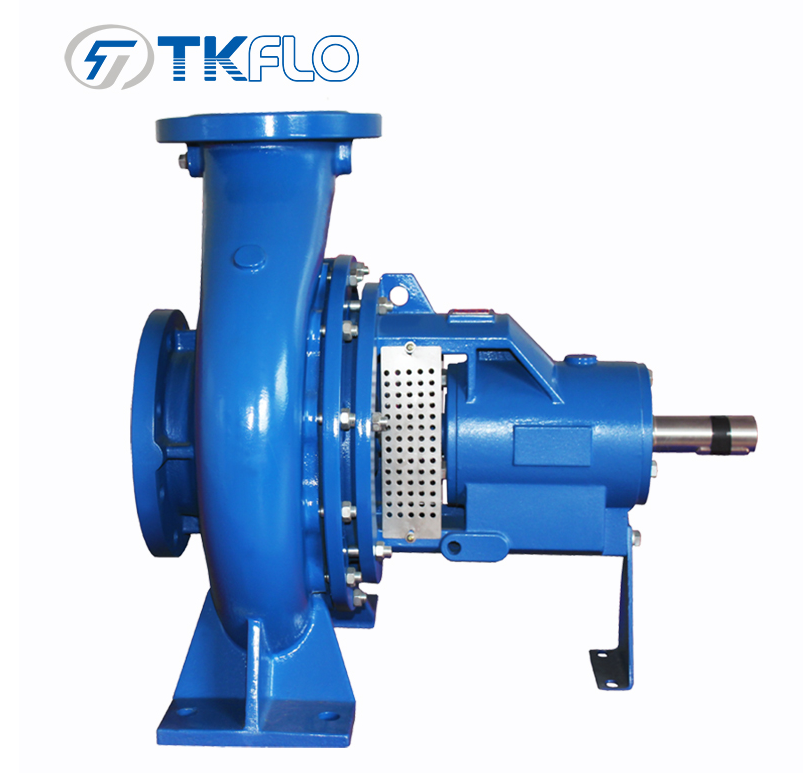
Centrifugal Pumps: These are the most widely used pumps for water transfer. They operate by converting rotational energy from a motor into kinetic energy in the fluid, allowing for efficient movement of water over long distances. Centrifugal pumps are ideal for applications requiring high flow rates, such as irrigation and municipal water supply.
Submersible Pumps: Designed to operate underwater, submersible pumps are commonly used in wells, boreholes, and sewage systems. They are efficient in transferring water from deep sources to the surface, making them essential for agricultural and industrial applications.
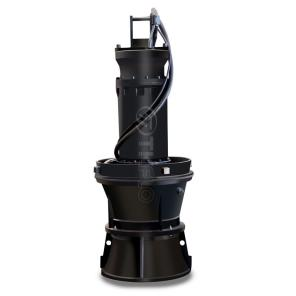
Diaphragm Pumps: These pumps use a flexible diaphragm to create a vacuum that draws fluid into the pump chamber. They are particularly useful for transferring corrosive or viscous fluids, making them a popular choice in the chemical industry.
Types of Pumps Used in Heating and Cooling Systems
Pumps play a crucial role in heating and cooling systems, ensuring the efficient circulation of fluids. In HVAC (Heating, Ventilation, and Air Conditioning) systems, pumps are used to move water or refrigerants through the system, maintaining desired temperatures in buildings.
Circulating Pumps: These pumps are specifically designed to circulate water in heating and cooling systems. They help maintain consistent temperatures by ensuring that hot or cold water is evenly distributed throughout the system.
Boiler Feed Pumps: In steam generation systems, boiler feed pumps are essential for supplying water to the boiler. They must operate under high pressure and temperature, making their design critical for efficiency and safety.
Types of Pumps Used in Industrial Processes
In various industrial processes, pumps are vital for transporting fluids, mixing chemicals, and maintaining system pressure. Different types of pumps are employed based on the specific requirements of the process.
Gear Pumps: These positive displacement pumps are commonly used in the chemical industry for transferring viscous fluids. They operate by using gears to create a vacuum that draws fluid into the pump and then pushes it out.
Peristaltic Pumps: These pumps are ideal for transferring shear-sensitive fluids, such as slurries and biological fluids. They work by compressing a flexible tube, creating a vacuum that moves the fluid through the system.
Types of Pumps Used in Sea Water Treatment
With the increasing demand for fresh water, seawater treatment has become a critical process in many regions. Pumps are essential in desalination plants, where seawater is converted into potable water.
Reverse Osmosis Pumps: These pumps are used in reverse osmosis systems to pressurize seawater, forcing it through a semi-permeable membrane that removes salt and impurities. The efficiency of these pumps directly impacts the overall effectiveness of the desalination process.
High-Pressure Pumps: In seawater treatment, high-pressure pumps are necessary to overcome the osmotic pressure of seawater. They ensure that the water is adequately treated and meets safety standards for consumption.
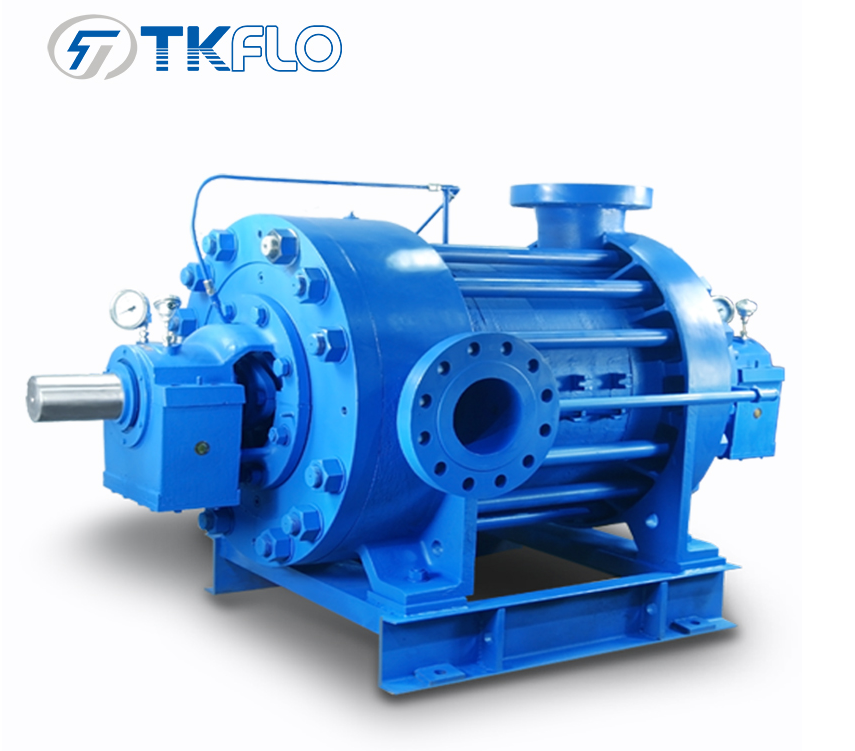
Types of Pumps Used in Agricultural Services
In agriculture, pumps are vital for irrigation, drainage, and water management. They help farmers optimize water usage, ensuring crops receive the necessary hydration for growth.
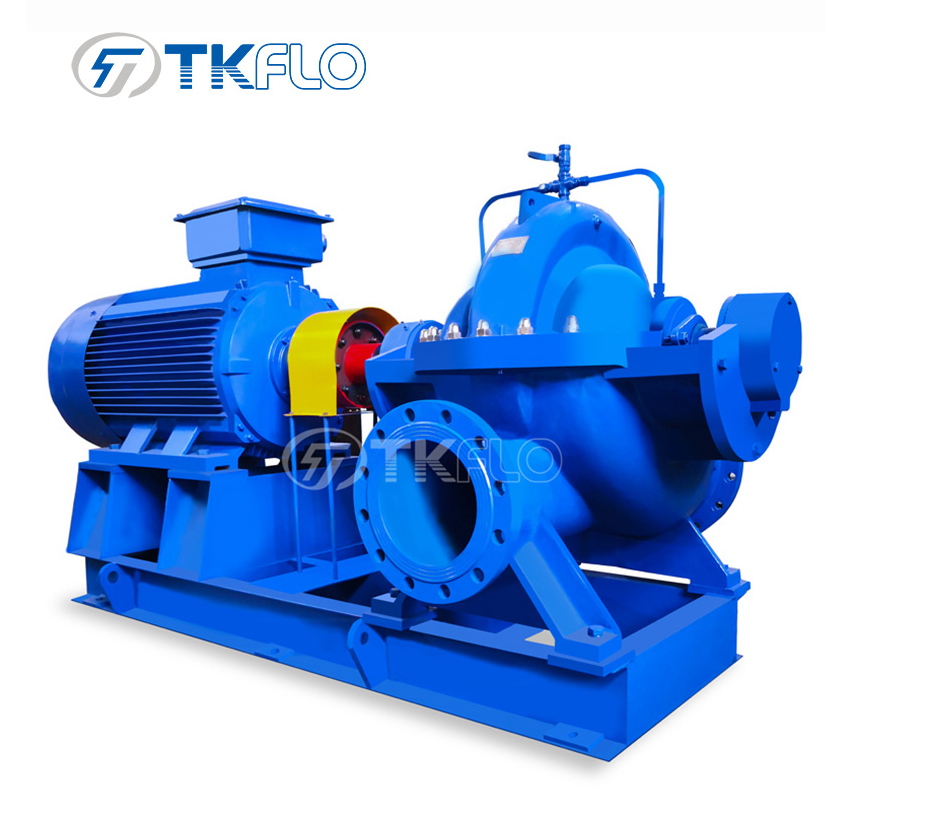
Irrigation Pumps: These pumps are used to transport water from sources such as rivers, lakes, or wells to fields. They can be centrifugal or submersible, depending on the irrigation system's design and requirements.
Reverse Osmosis Pumps: These pumps are used in reverse osmosis systems to pressurize seawater, forcing it through a semi-permeable membrane that removes salt and impurities. The efficiency of these pumps directly impacts the overall effectiveness of the desalination process.
Types of Pumps Used in Fire Fighting Systems
In fire fighting systems, pumps are critical for delivering water to extinguish fires. The reliability and efficiency of these pumps can mean the difference between life and death.
Fire Pumps: These pumps are specifically designed to provide high flow rates and pressure to fire hoses and sprinkler systems. They are often powered by diesel engines or electric motors and must meet strict regulatory standards.
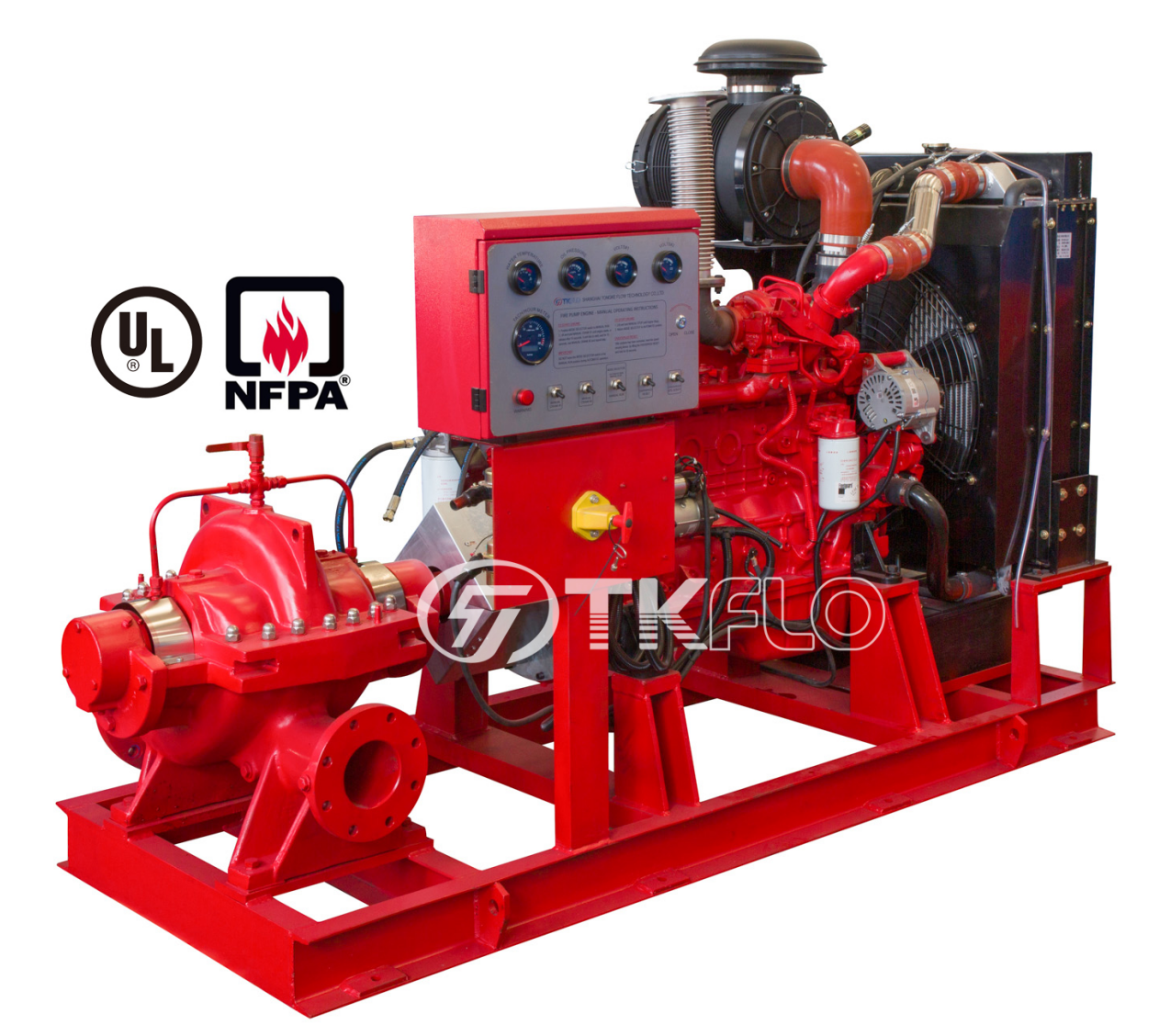
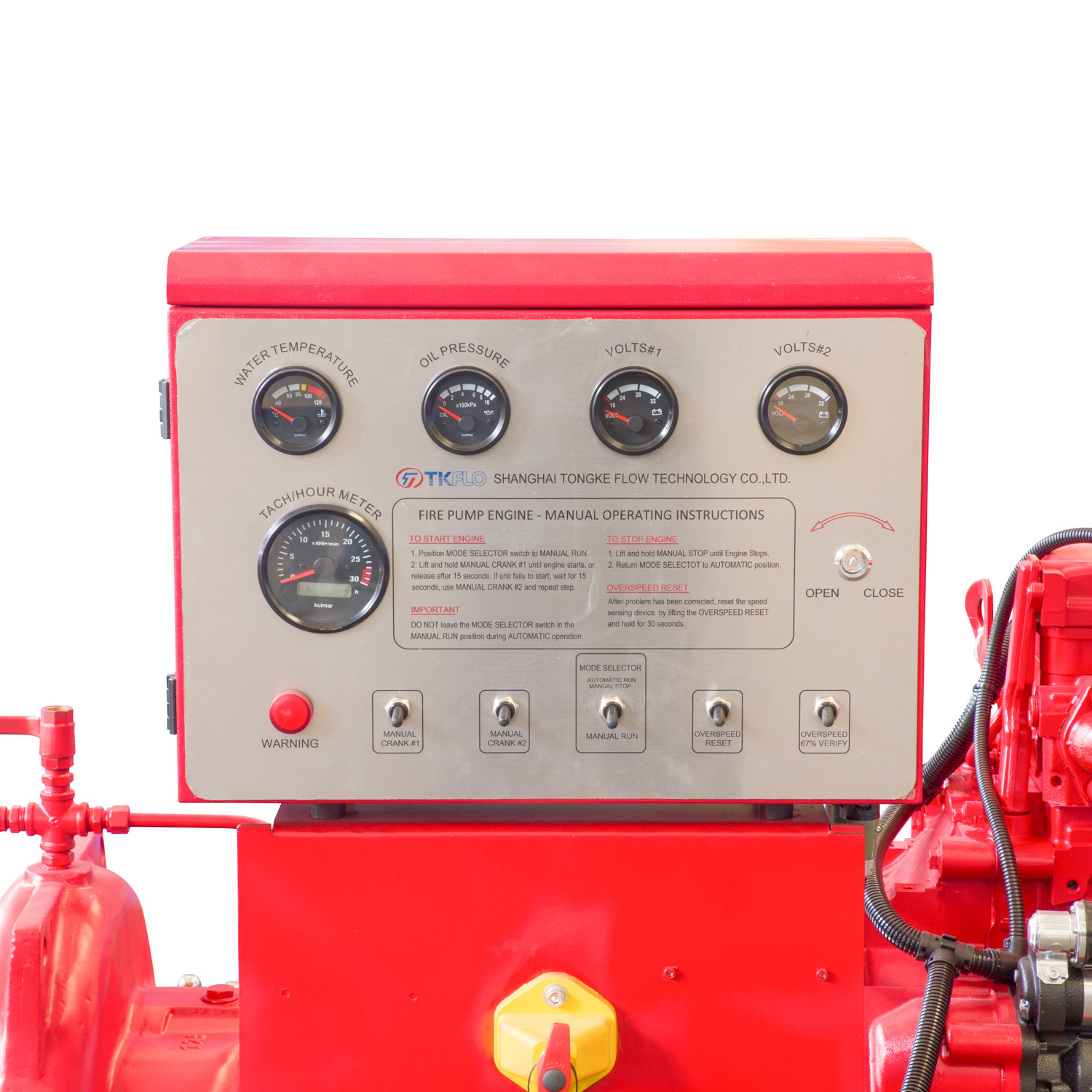
Jockey Pumps: These smaller pumps maintain pressure in the fire protection system, ensuring that the main fire pump is ready to operate when needed. They help prevent water hammer and maintain system integrity.
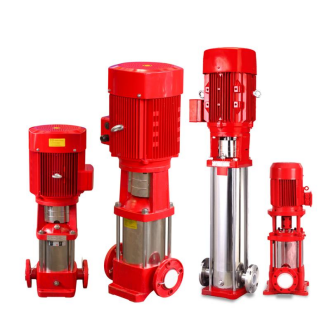
Types of Pumps Used in Sewage Treatment
Sewage treatment plants rely heavily on pumps to move wastewater through various treatment processes. The efficiency of these pumps is crucial for maintaining environmental standards and public health.
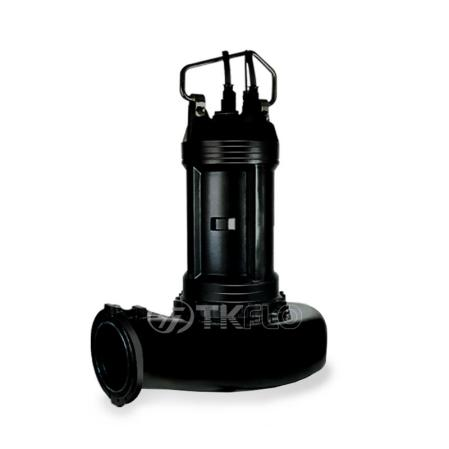
Sewage Pumps: These pumps are designed to handle the solids and debris found in wastewater. They are typically submersible and can handle a wide range of flow rates and pressures.
Lift Stations: In areas where gravity flow is not possible, lift stations equipped with pumps are used to elevate sewage to a higher level for treatment. These systems are essential for urban sewage management.
Pumps are vital components in a wide range of applications, from water transfer to sewage treatment. Their versatility and efficiency make them indispensable in various industries, including agriculture, chemical processing, and fire safety. Understanding the different types of pumps and their specific applications can help businesses and individuals make informed decisions about their fluid management needs. As technology continues to advance, the future of pumps looks promising, with innovations aimed at improving efficiency, reducing energy consumption, and enhancing overall performance. Whether you are in the agricultural sector, managing a heating and cooling system, or involved in industrial processes, the right pump can make all the difference in achieving optimal results.
Contact TKFLO for professional custom advice on your business!
Post time: Jan-07-2025


